Angling for Ancient Fish
By Solomon David
Gars and bowfins were once seen as trash fish, but are beginning to be appreciated by anglers and researchers.
August 17, 2018
Macroscope Biology Environment Ecology Natural History Nature Conservation
Among the most misunderstood groups of fishes, gars and bowfins were once targeted for extermination, but are now growing in popularity among both anglers and researchers. Today, science and conservation are trying to keep up with the fishes’ evolving reputation.
Imagine a leviathan creature nine feet long, covered in armored scales, with huge jaws full of needle-sharp teeth; the animal swims through a slow-moving river before breaking the surface for a breath of air. This monstrous-sounding creature and its relatives live alongside us today. I’m talking about gars (family Lepisosteidae), an ancient lineage of fishes that dates back to dinosaur times (late Jurassic, 157 million years ago). Together with bowfins (Amiidae; another “living fossil” family of fishes), they are known as holosteans, meaning “whole bone” in reference to their notoriously bony skeletons.
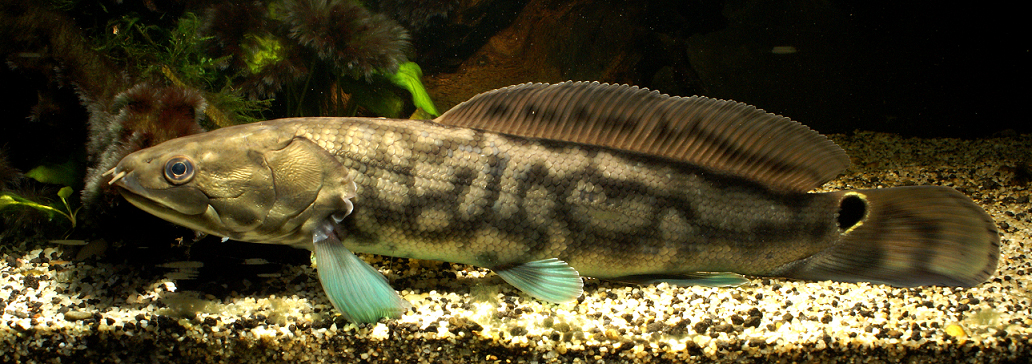
Photograph courtesy of the author.
Gars and bowfins are not your traditional North American sport fish. Their thick, bony skulls make them difficult to hook (they often get away with the bait), and their armored exterior usually requires tin snips instead of a fillet knife to get at the meat (although they are in fact good eating). These characteristics contribute to their less-than-stellar reputation among many anglers. Conversely, holosteans are really good at catching fish themselves, which led anglers and even fisheries managers to believe they were bad for valuable game fish (such as bass and perch), because they were thought to be competing with or directly preying on more preferred piscine table fare.
It turns out gars and bowfins eat whatever prey species are most abundant—most often forage fish (such as shad and minnows) and sometimes game fish (such as sunfish and bass). Given the gar's voraciousness and prehistoric looks that only a holostean mother could love, it’s not too surprising that a vehicle called “the electric gar destroyer” actually existed and was used by natural resource managers in the 1930s.
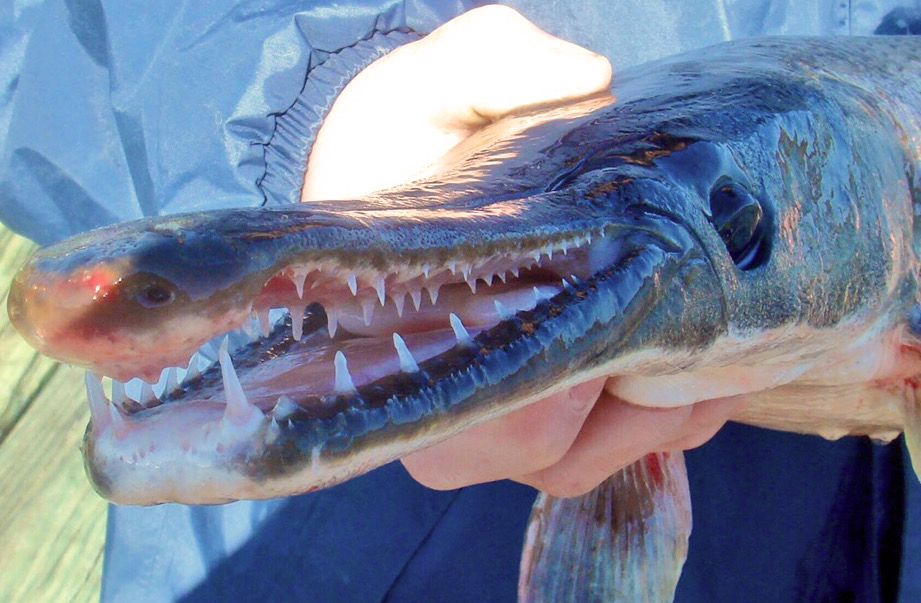
Photograph courtesy of the author.
As an aquatic ecologist and long-time advocate of gar and bowfin conservation, I’m trying to keep up with humankind’s changing perceptions of holostean fishes. They’ve gone from once-hated creatures, worthy of eradication efforts, to popular targets of bowfishers; one species even has become a model organism for biomedical research.
I worked with fisheries scientists Jeffrey Stein and Sarah King from the Illinois Natural History Survey at University of Illinois to develop the Ancient Sport Fish Project to study populations of gars and bowfins, with the goal of informing management of the species as sport fish. Four years later, one of the milestone products of this project has recently been published: a special issue from the American Fisheries Society (AFS) titled “Angling for Dinosaurs,” a collection of the latest research on gars and bowfins from fisheries scientists across the country.
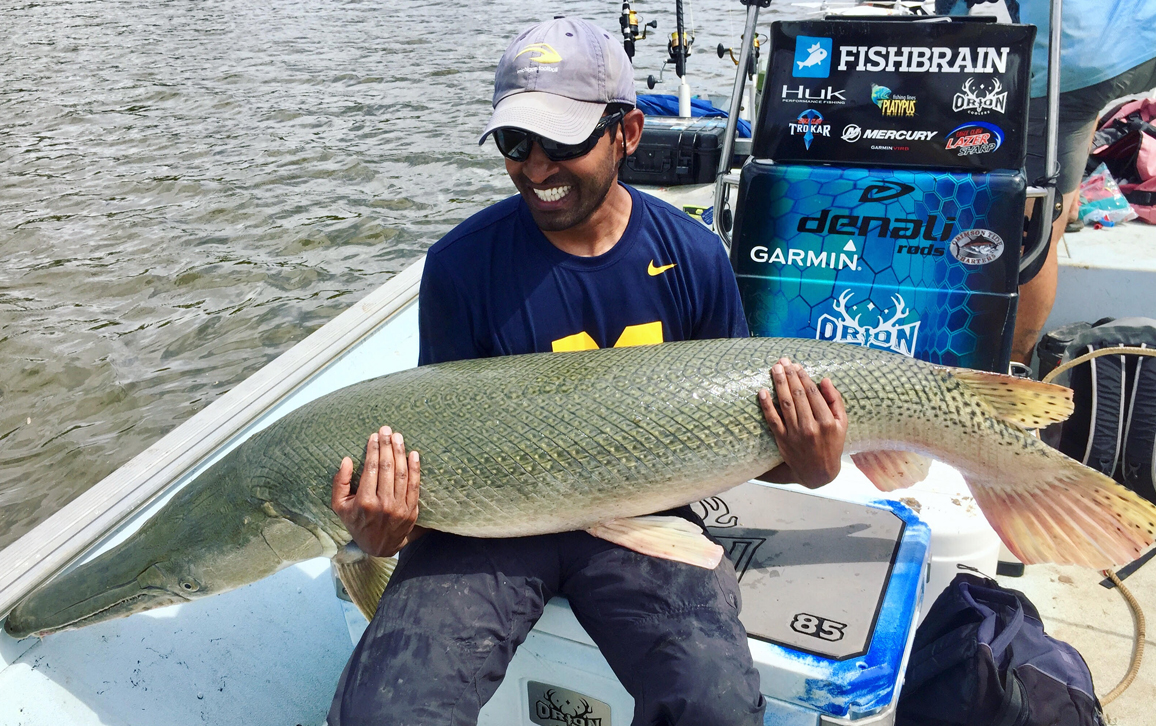
Photograph courtesy of the author.
Our new publication covers research using modern technology to study these “primitive fishes,” including acoustic telemetry and side-scan sonar for tracking gars through different habitats, collecting holostean DNA from their habitats (environmental DNA, or eDNA) for molecular detection of species, and computer models to predict response of trophy alligator gars to fishing pressure. Additional articles also suggest we may be underestimating the ages of these already long-lived fishes (some species can live 60 to 90 years). Not to take away from the recent Shark Week, but another article indicates that alligator gars, as opposed to bull sharks, may be the most abundant apex predator in some Texas coastal bays.
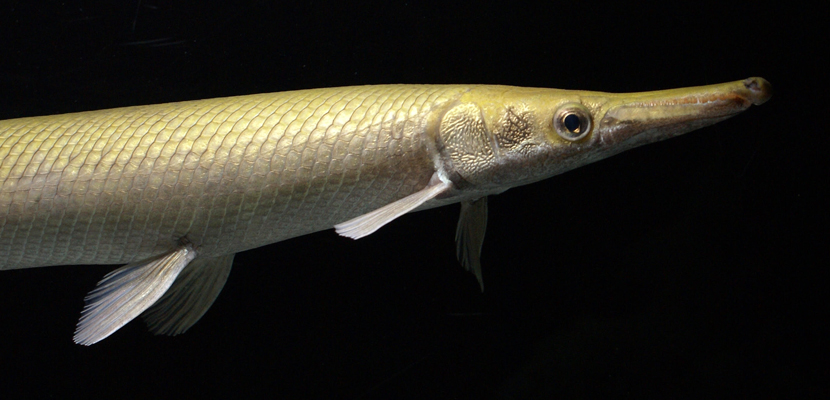
Photograph courtesy of the author.
Our team believes this latest research will advance the conservation and management of gars and bowfins as they continue to evolve from trash fish to sport fish, as well as providing new scientific insights into genomics and human health. The Ancient Sport Fish Project and the "Angling for Dinosaurs" special issue were spawned from discussions at American Fisheries Society meetings. With the 148th AFS meeting approaching next week, it’s my hope that a new cohort of holostean research ideas will surface. We still have a long way to go before our understanding of holostean species catches up to that of more traditional sport fish, such as salmon and bass, but with growing interest from anglers, scientists, and the public, we are optimistic about the future of these ancient fishes.
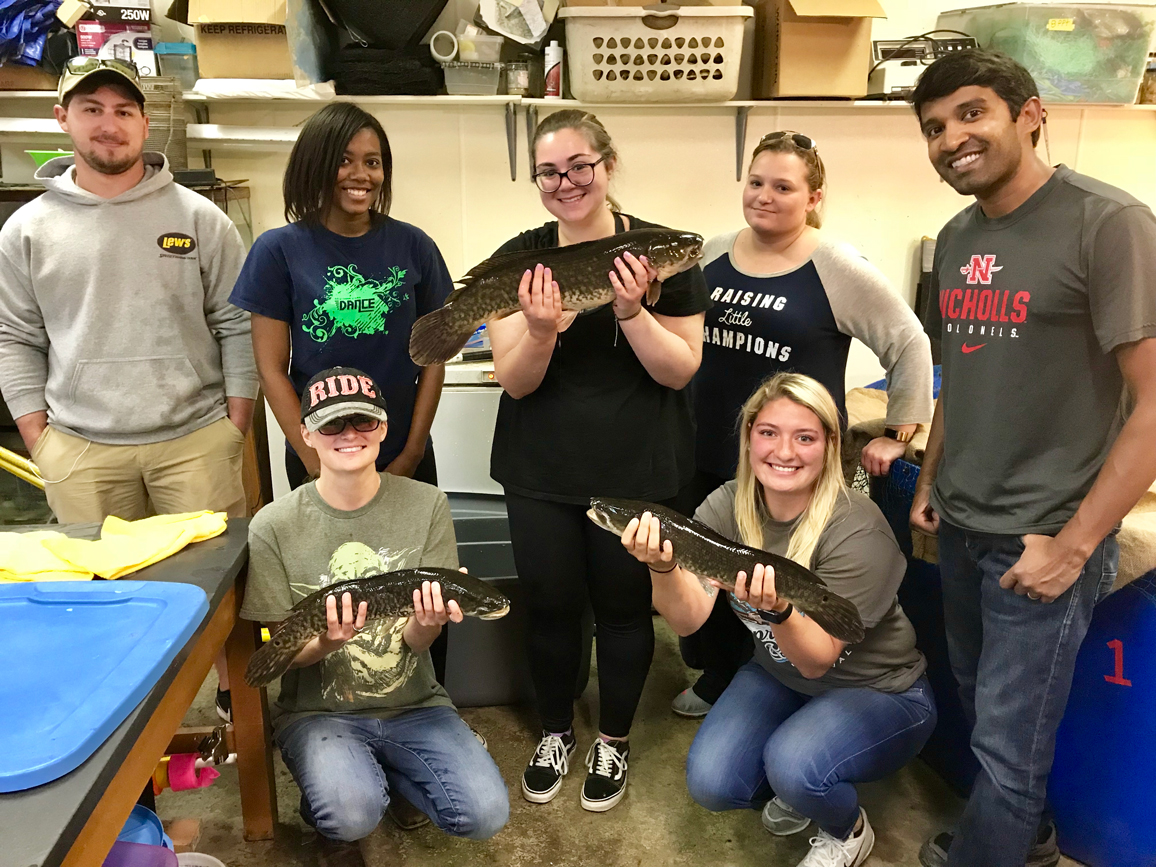
Photograph courtesy of the author, on far right.
American Scientist Comments and Discussion
To discuss our articles or comment on them, please share them and tag American Scientist on social media platforms. Here are links to our profiles on Twitter, Facebook, and LinkedIn.
If we re-share your post, we will moderate comments/discussion following our comments policy.